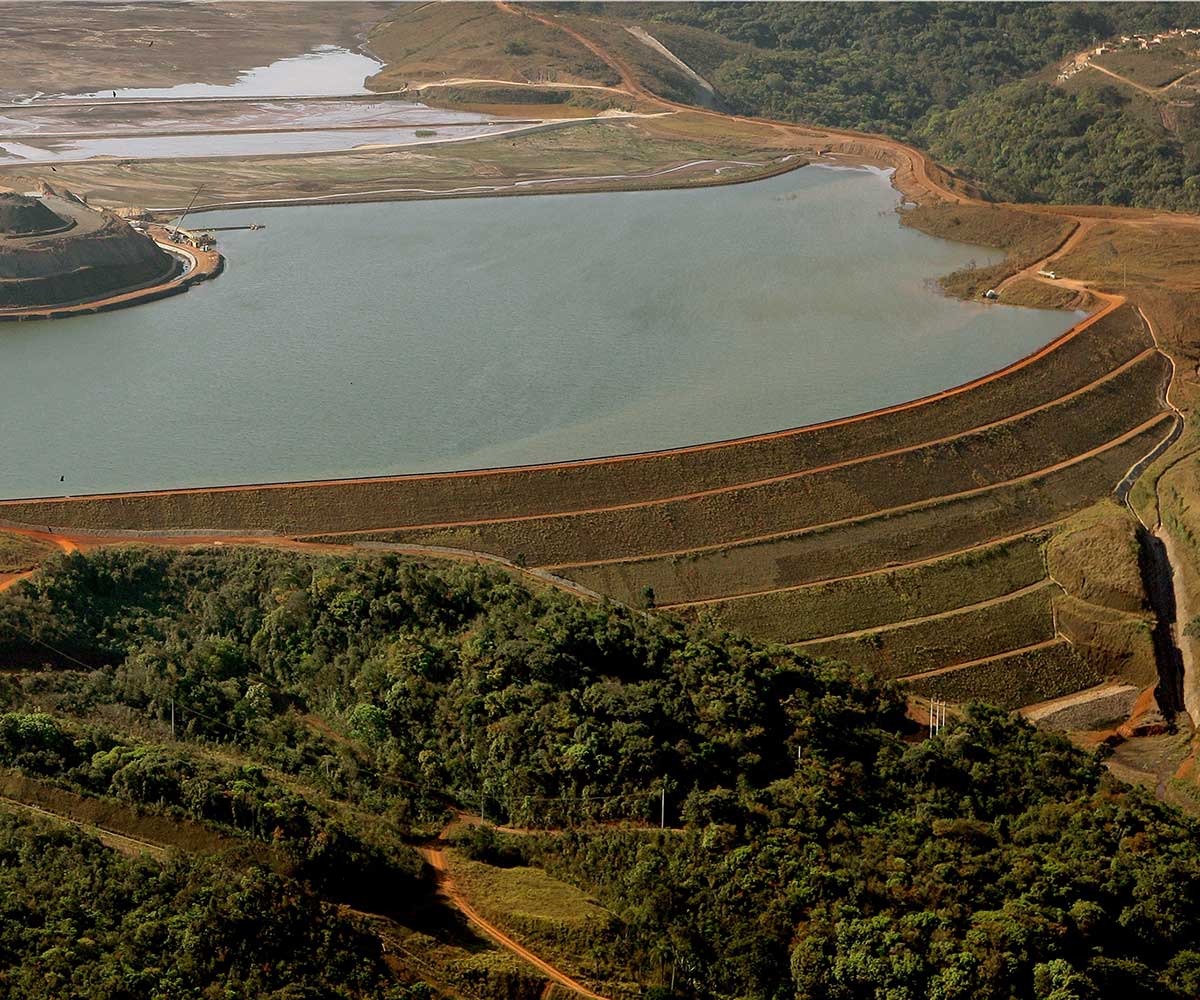World
English High Court Holds BHP Liable for 2015 Brazilian Dam Collapse

The English High Court ruled on February 23, 2024, that the Australia-based company BHP Mining is liable for the catastrophic collapse of the Fundão Dam in Brazil, which resulted in the country’s worst environmental disaster. This ruling is significant as it was established despite BHP not owning the dam at the time of the incident in 2015. The court’s decision, delivered by Justice Finola O’Farrell, concluded that the dam’s failure was foreseeable and dismissed arguments from BHP’s defense team claiming the incident was unexpected.
The court examined evidence showing that signs of distress, such as seepage and cracking, had been apparent more than a year before the collapse. Had a proper stability analysis been conducted, it would have indicated a high risk of failure. This ruling applies Brazilian environmental law in an English court, emphasizing the court’s commitment to holding multinational corporations accountable for their actions abroad.
Legal Precedent and Environmental Impact
BHP had previously contended that the UK lawsuit constituted an “abuse of process” and duplicated ongoing Brazilian proceedings. However, the High Court overcame this challenge by applying Brazilian law, asserting that BHP falls within the definition of “polluter” under Brazil’s strict liability regime. According to Article 3, IV of the Brazilian Environmental Law, responsibility is assigned regardless of fault. Justice O’Farrell highlighted that, under Brazilian jurisprudence, the term “polluter” extends beyond direct operators to include those who finance operations and benefit economically from them.
This ruling sets a critical precedent for holding corporations accountable in their home countries for environmental damage caused by overseas activities. BHP owns half of Samarco, the Brazilian company that operated the iron ore mine linked to the dam’s collapse. The incident released an estimated volume of mine waste into the Doce River, enough to fill approximately 13,000 Olympic-sized swimming pools.
The fallout from the dam’s collapse was devastating. A report from the Wilson Center indicated significant biodiversity loss in the Doce River, with 29,000 fish carcasses collected. This disruption affected local wildlife, leading to starvation among bird populations reliant on the fish as a primary food source. The ecological damage extended to the destruction of 80 percent of native vegetation, with Brazilian prosecutors estimating the socio-environmental costs between 37.6 billion and 60.6 billion reais.
Continuing Legal Proceedings
Prior to this landmark ruling, various legal proceedings had been underway against top BHP executives, including charges of homicide in relation to the deaths of 21 individuals. However, these charges were later suspended. The latest ruling from the English High Court represents a significant moment in the ongoing quest for justice and accountability in environmental disasters.
As the case proceeds, it highlights the complexities involved in transnational legal issues and the importance of rigorous environmental oversight. The implications of this decision may resonate beyond Brazil, potentially influencing how multinational corporations address environmental risks associated with their operations worldwide.
-

 Science1 month ago
Science1 month agoIROS 2025 to Showcase Cutting-Edge Robotics Innovations in China
-

 Lifestyle1 month ago
Lifestyle1 month agoStone Island’s Logo Worn by Extremists Sparks Brand Dilemma
-

 Science2 weeks ago
Science2 weeks agoUniversity of Hawaiʻi at Mānoa Joins $25.6M AI Initiative for Disaster Monitoring
-

 Health1 month ago
Health1 month agoStartup Liberate Bio Secures $31 Million for Next-Gen Therapies
-

 World1 month ago
World1 month agoBravo Company Veterans Honored with Bronze Medals After 56 Years
-

 Politics4 weeks ago
Politics4 weeks agoJudge Considers Dismissal of Chelsea Housing Case Citing AI Flaws
-

 Lifestyle1 month ago
Lifestyle1 month agoMary Morgan Jackson Crowned Little Miss National Peanut Festival 2025
-

 Health1 month ago
Health1 month agoTop Hyaluronic Acid Serums for Radiant Skin in 2025
-

 Science1 month ago
Science1 month agoArizona State University Transforms Programming Education Approach
-

 Top Stories1 month ago
Top Stories1 month agoIndonesia Suspends 27,000 Bank Accounts in Online Gambling Crackdown
-

 Business1 month ago
Business1 month agoTruist Financial Increases Stake in Global X Variable Rate ETF
-

 Sports1 month ago
Sports1 month agoYamamoto’s Mastery Leads Dodgers to 5-1 Victory in NLCS Game 2









